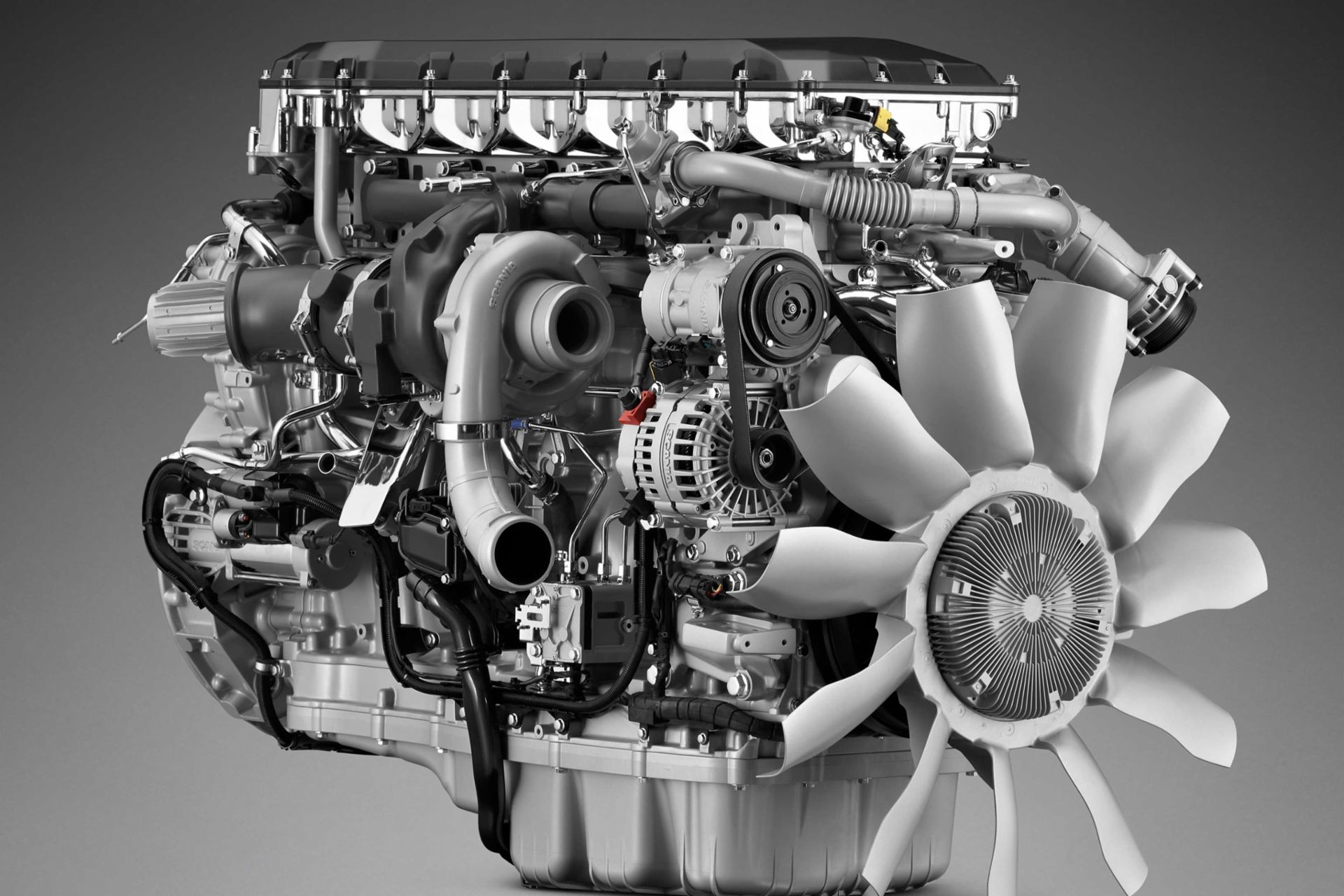The Mission for Ultimate Driving Power: Checking Out the Pinnacle of Engine Efficiency and Technological Developments in the Automotive Sector
In the realm of vehicle engineering, the search of optimum driving power has actually been an unrelenting mission that has actually unfolded with the development of engine design and the assimilation of advanced innovations. From the meticulous workmanship of burning engines to the rapid developments in electric propulsion systems, the automotive field stands at the cusp of a new period characterized by unmatched performance abilities. As researchers and designers dig deeper right into the worlds of computational fluid dynamics and discover cutting-edge fuel modern technologies, the horizon of possibilities broadens exponentially. Keep tuned as we decipher the elaborate tapestry of technological breakthroughs that are forming the future of vehicle power and efficiency.
Development of Engine Design

Furthermore, the combination of turbocharging and supercharging technologies has actually revolutionized engine layout by improving power without substantially enhancing engine size. These forced induction systems compress the intake air, enabling for even more fuel to be combusted, thereby producing higher power outcome from a smaller engine. This development has actually been particularly vital in boosting the performance of smaller variation engines while keeping fuel performance criteria.

Performance-Enhancing Fuel Technologies
The application of innovative gas modern technologies has actually dramatically added to enhancing engine efficiency in modern-day cars. Biofuels, obtained from sustainable resources like corn, algae, or sugarcane, deal reduced exhausts and boosted engine efficiency. Additionally, fuel ingredients and cleaning agents are being formulated to clean engine components, enhance combustion, and decrease friction, therefore boosting overall vehicle efficiency.
Innovations in Electric Propulsion
Considerable strides in electric propulsion innovation have revolutionized the vehicle industry, paving the means for a brand-new period of reliable and sustainable transport. Electric automobiles (EVs) are acquiring appeal because of their environmental benefits and advancements in battery innovation, enabling longer driving ranges and much shorter billing times. Producers are spending heavily in r & d to enhance the efficiency of electrical propulsion systems, concentrating on increasing power result, boosting power performance, and reducing total weight.
One notable breakthrough in electric propulsion is the growth of innovative electric motors that provide higher torque and power density, leading to improved velocity and total driving efficiency. Furthermore, regenerative stopping systems have been fine-tuned to capture and keep power during slowdown, additional improving the efficiency of EVs.
Moreover, the combination of smart innovations, such as expert system and predictive analytics, is enhancing the monitoring of electrical propulsion systems, anonymous ensuring ideal performance under various driving problems. These advancements in electrical propulsion are reshaping the automobile landscape, driving the sector towards a much more sustainable and amazed future.
Impact of Computational Fluid Dynamics
With advancements in electrical propulsion pressing the boundaries of automobile technology, the integration of Computational Fluid Characteristics is playing a crucial duty in enhancing wind resistant performance and improving total effectiveness in car layout. Computational Fluid Characteristics (CFD) entails making use of computer system simulations to examine the circulation of air around a vehicle, enabling engineers to forecast just how layout modifications will certainly influence aerodynamics without the demand for costly physical models. By properly modeling air movement patterns, CFD permits the improvement of automobile shapes to reduce drag, boost cooling, and boost security.
One trick advantage of making use of CFD in lorry layout is the capacity to repeat rapidly, checking out many layout variations to determine one of the most aerodynamically reliable services. This iterative procedure causes lorries that are not just sleeker and extra visually enticing yet likewise more environmentally friendly and fuel-efficient. Furthermore, CFD makes it possible for engineers to enhance air movement around parts such as radiators, engine bays, and wheel wells, adding to improved efficiency and total driving experience. To conclude, the integration of Computational Liquid Characteristics represents a substantial progression in the pursuit for ultimate driving power and efficiency in the More Info automotive industry.
Future Patterns in Engine Technology
In the vibrant landscape of automobile engineering, sophisticated advancements are shaping the future trajectory of engine technology. The future of engine layout is noted by a strong focus on efficiency, performance, and sustainability. Makers are increasingly concentrating on creating engines that not only supply high power outcomes but likewise focus on environmental duty by improving and minimizing emissions gas performance.
One noticeable fad in engine development is the rise of electrification. Crossbreed and electrical powertrains are getting traction as viable alternatives to conventional combustion engines. These technologies supply the capacity for substantial reductions in carbon exhausts and boosted energy effectiveness, lining up with international initiatives to deal with environment modification.
In addition, advancements in materials scientific research and manufacturing strategies are enabling the manufacturing of lighter and a lot more durable engine parts. This shift towards lightweight materials such as carbon fiber and light weight aluminum alloys adds to enhanced performance and gas economic situation.
Conclusion
In final thought, the quest of supreme driving power in the vehicle sector proceeds to drive developments in engine style, gas modern technologies, electric propulsion, and computational liquid characteristics. The evolution of these modern technologies is shaping the future of engine advancement, leading the means for much more powerful and efficient automobiles (engines for africa). As the market proceeds to press the borders of what is feasible, we can expect to see much more innovative growths in the quest for peak efficiency
One of the vital milestones in engine layout advancement is the change from typical carbureted engines to contemporary fuel-injected systems. By exactly metering the gas advice shipment to each cyndrical tube, fuel-injected engines enhance combustion, resulting in much better efficiency and minimized ecological effect.
Additionally, the combination of turbocharging and supercharging technologies has actually changed engine layout by increasing power without dramatically increasing engine dimension (engines for africa).The application of advanced fuel technologies has actually considerably contributed to enhancing engine efficiency in modern automobiles. Furthermore, fuel ingredients and cleaning agents are being created to clean engine parts, maximize combustion, and decrease friction, thus improving general vehicle performance